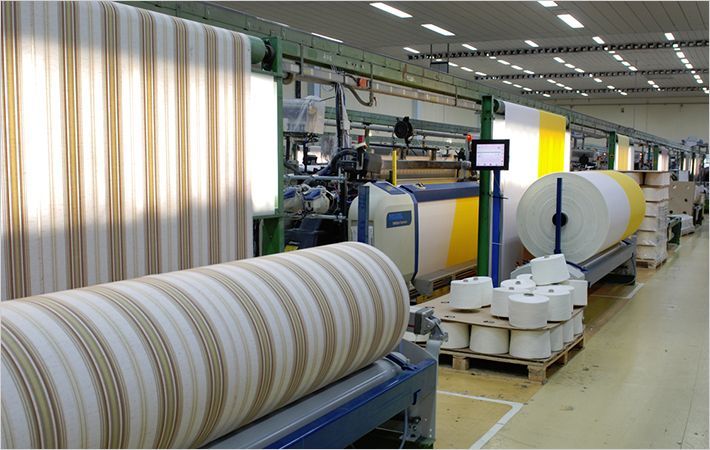As the international trade association of for-profit clothing and textile recycling companies, many of which manufacture and sell industrial wiping cloths, SMART has played a key role in the crafting this new regulation. Non-laundered wiping cloths are made by cutting them from recycled clothing or from the remnants generated during the manufacturing of new clothing and cloth products.
“The final regulatory language from the EPA allows users of industrial wiping cloths a wider choice of options when selecting materials for their specific wiping applications. For many years, products sold by SMART members were unnecessarily subject to overly burdensome federal regulation, putting our members at a competitive disadvantage in the marketplace. We are very pleased with the new language and encourage all states to adopt it as quickly as possible,” says Jackie King, Executive Director of SMART.
Throughout the United States, tens-of-thousands of industrial and commercial businesses use non-laundered and laundered wiping cloths to clean their equipment. However, non-laundered wiping cloths that were contaminated with solvents were treated as hazardous waste under the Resource Conservation Recovery Act (RCRA), while laundered wiping cloths generally were not.
Beginning in 1985, industry members petitioned the EPA to conditionally exclude non-laundered wipes from the RCRA definition of hazardous waste, arguing that they do not pose a threat to human health and the environment because of the insignificant amount of solvent in the wipes.
The final rule creates a conditional exclusion from the definition of hazardous waste for non-laundered wipes and a conditional exclusion from the definition of solid waste for laundered wipes. In order to be eligible for exemption, users (a.k.a. “generators,” as defined by the EPA) of wipes and shop towels must:
Accumulate, store, and transport wipes and shop towels in non-leaking, closed containers capable of containing free liquids and labeled “Excluded Solvent-Contaminated Wipes.” Not accumulate used wipes and shop towels for more than 180 days;
Ensure that when wipes are transported off-site, they contain “no free liquids” as determined by the Paint Filter Liquids Test (EPA Methods 9095B);
Maintain record keeping identifying the name and address of the landfill/combustor or laundry/dry cleaner receiving wipes/towels when sent off-site and documenting that the various conditions are being met.

